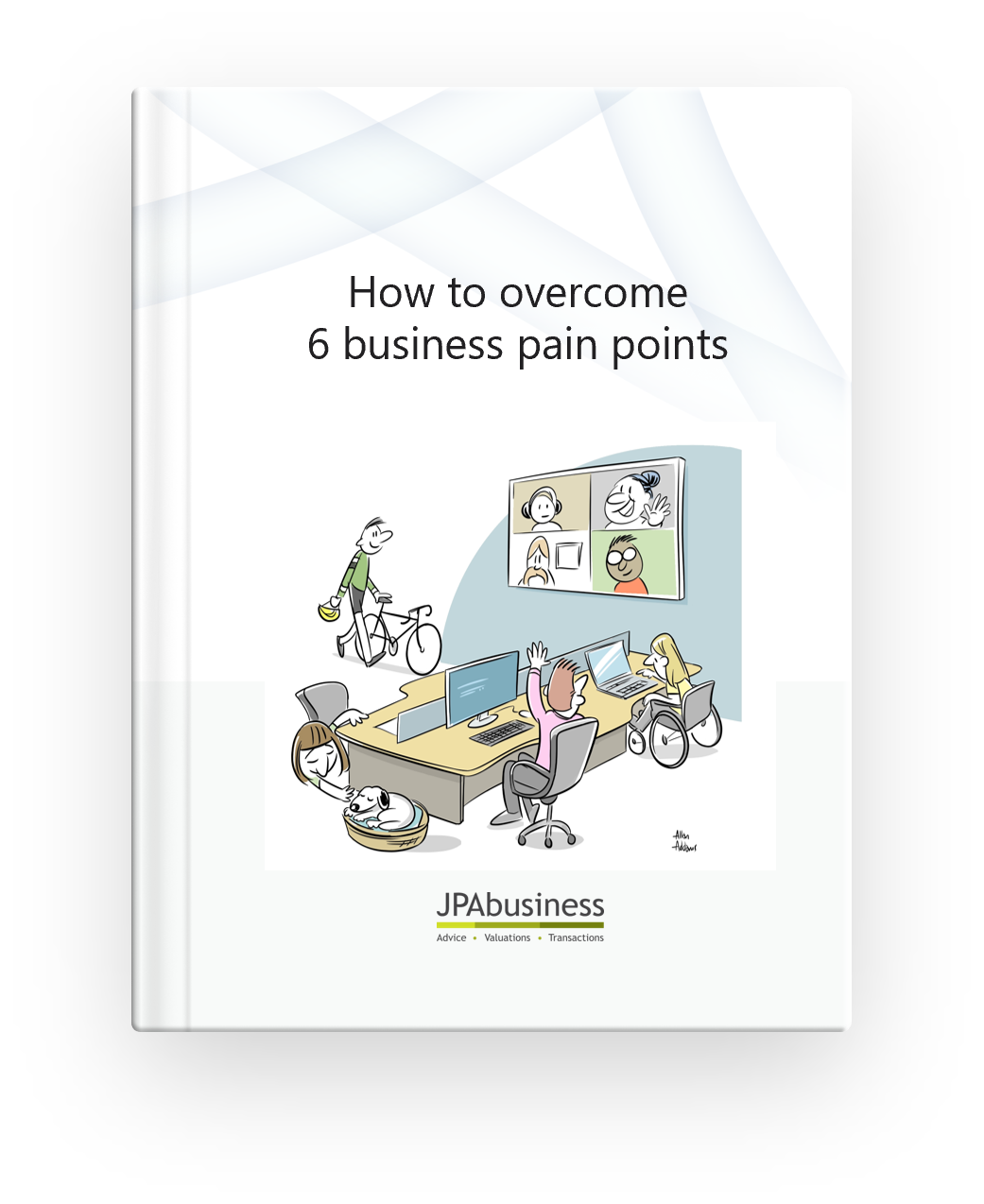
If you’re in business, achieving growth (i.e. increased inquiries and sales) should be a positive thing.
However many businesses that experience growth don’t see the benefits automatically flow through to the bottom line (i.e. increased profits).
That’s because their offerings, people, processes and systems, working capital and operations don’t have the capacity to respond and deliver successfully. The business is not ready to take on the growth.
Like a major freeway that hasn’t yet opened a new lane and interchange, but is experiencing massive increases in traffic, major delays and congestion can arise.
For a business this can be detrimental to earnings and it can also be very stressful for business owners to manage.
So what can you do?
Actions/remedies/tips:
1. Hasten slowly and be discerning around your growth
Often a business leader or manager is under a lot of pressure from new clients, or from people within their business, to grow rapidly. I get it – it is certainly exciting to win new business.
But my advice is to hasten slowly; sometimes the best approach is to say ‘no’ or ‘not until XYZ is in place’.
If you keep saying ‘yes’ to growth there is a danger that you may:
- ‘burn out’ your existing team members because you haven’t got sufficient capability to service extra customers;
- ‘burn’ a new client or existing clients because you don’t have the processes in place to sustainably manage the growth and meet their expectations;
- ‘burn down’ the company because you haven’t got the finance in place to support the growth from a cash flow perspective.
2. Be nimble and creative
About 75% of the companies I’ve seen experience a high-growth phase have driven growth for zero or even reduced incremental profit.
I’m not saying growth isn’t a good thing, but there is a trick to managing it.
You don’t have to just say ‘no’, but you do have to be a smart manager and leader, and be nimble enough to choreograph the growth in such a way that those dangers I mentioned don’t eventuate.
Think about how you can stage the growth while you are internally developing your processes, ensuring your funding is in place, and ensuring your people are up to the task of managing and delivering it.
3. Look forward
Businesses in a high-growth phase typically look inward because they are so focused on how to deliver. It’s like being in a washing machine, but this is actually the worst time to look inward.
Instead, a growing business needs to look forward and think:
- In 3 / 6 / 9 / 12 months – if we keep going on this track – what will it mean for the size of the team we need and our capability?
- Will our processes be able to handle that level of volume, or will they fall apart?
- Do we have enough cash to fund the growth?
- And what about existing clients – are they likely to require extra servicing in that period as well?
Even just the 3-month view is better than nothing, because it will enable you to see red lines before you cross them and recognise when you need to make management decisions now to shore up your future performance.
Related resources
Managing your banking relationship
Cash flow management for small to mid-sized businesses
Managing cash flow and working capital
Business planning for small to mid-sized businesses
This blog comes from our ebook: How to overcome 6 business pain points. If you need support dealing with pain points in your business, we’re keen to help you. Feel free to get in touch by calling 02 6360 0360 or 02 9893 1803 for a confidential, obligation-free discussion.

